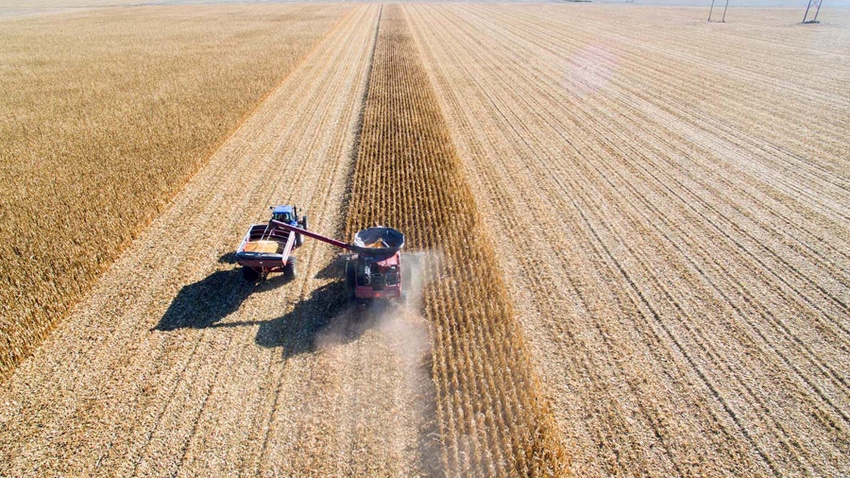
Projections of the trend yield for U.S. corn in 2023 are varied. Regardless, recent history confirms that the final yield can be substantially above or below trend depending on post-planting weather developments. The variability in yield relative to trend projections is a major factor contributing to the increased price volatility that is often seen throughout the growing season. Effective management of price volatility is essential to successful marketing.
Trend yield projection as a benchmark
Planting of the 2023 U.S. corn crop has finally begun in earnest in some areas, although cold and wet conditions have slowed progress in other regions. A wide area of the central U.S. is expected to stay colder to much colder than normal over the next week.
Maximum temperatures are likely to range from 3 to 6 degrees lower than normal in the Plains, and from 5 to 10 degrees lower in the eastern Corn Belt and mid-South. In the Corn Belt and mid-South, 52% and 49% of the expected corn and soybean production were drier than normal over the last two weeks. If planting eventually takes place in a reasonably timely manner, the focus of the market will rapidly shift to yield prospects.
.png?width=700&auto=webp&quality=80&disable=upscale)
Final yield results vary significantly
The chart above examines actual yields (blue line) vs. trend (red line) for 1988 through 2022. It’s worth noting that there have been periods when the actual yield was very near the trend, e.g., from 2005 to 2008. More often than not, however, significant variance has been observed. For example, in the bumper crop years of 2014 and 2017, the actual yield was well above trend. Alternatively, actual yield was below trend in 2019 and in the extreme case of the drought year of 2012, considerably under trend. Regardless of the trend yield utilized, this review confirms that post-planting weather developments can ultimately result in an actual yield that is substantially above or below that forecast.
The variability in yield relative to trend projections is a major factor contributing to the increased price volatility that is often seen throughout the growing season. Effective management of price volatility is essential to successful marketing. Working closely with a Trusted Risk Management advisor to develop and execute a customized risk management strategy is prudent in your farm operation.
Contact Advance Trading at (800) 747-9021 or go to www.advance-trading.com.
Information provided may include opinions of the author and is subject to the following disclosures:
The risk of trading futures and options can be substantial. All information, publications, and material used and distributed by Advance Trading Inc. shall be construed as a solicitation. ATI does not maintain an independent research department as defined in CFTC Regulation 1.71. Information obtained from third-party sources is believed to be reliable, but its accuracy is not guaranteed by Advance Trading Inc. Past performance is not necessarily indicative of future results.
The opinions of the author are not necessarily those of Farm Futures or Farm Progress.
Read more about:
YieldsAbout the Author(s)
You May Also Like






